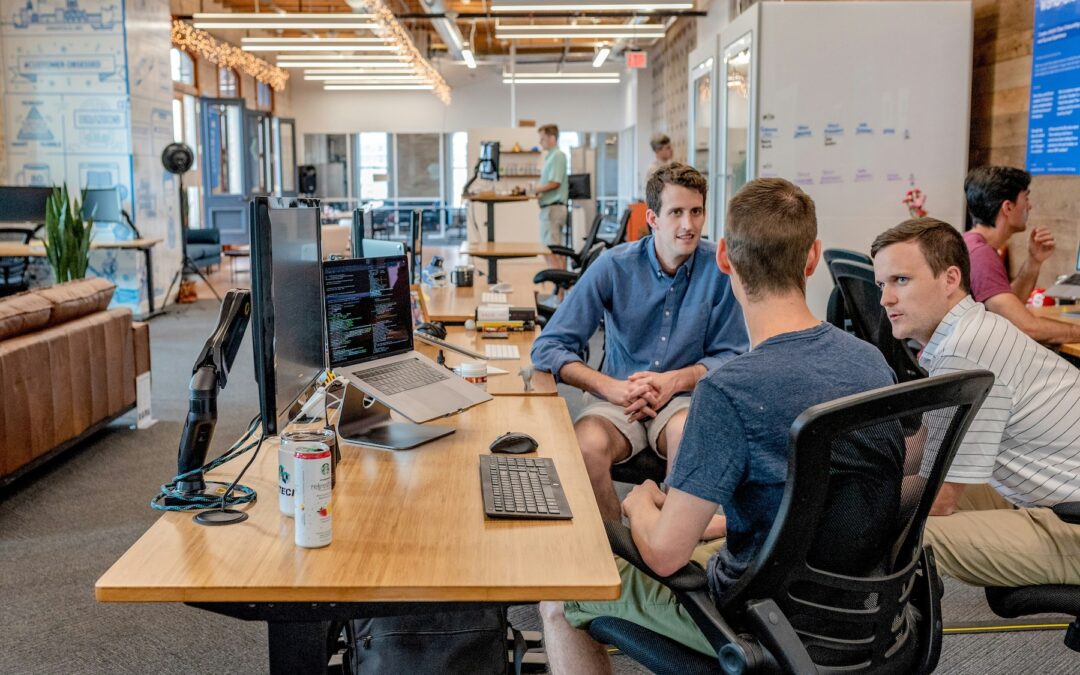Generative AI is the latest technological advancement that has our world spinning on its head. These platforms, including ChatGPT and Dall-E, are an advanced form of artificial intelligence that use existing data to create a new output, such as text, code, or an image. Since ChatGPT’s launch in late 2022, generative AI has made headlines for the human-like conversations it has with users. In reality, its applications extend far beyond stereotypical chatbot uses.
In February, Coca-Cola became the first brand to partner with parent company OpenAI to use ChatGPT and DALL-E in their marketing efforts. According to Coca-Cola, they will primarily use the tools to personalize their ad copy, images, and messaging. In the past, Coca-Cola has frequently used other forms of AI to create customized soda packaging, location-based advertisements, and unique retail experiences.
Major legacy brands like Coca-Cola aren’t the only ones using these platforms. Even smaller businesses, such as real estate brokers and communications firms, have used ChatGPT to automate small tasks. When utilized appropriately, generative AI can add another layer to companies’ technology strategies, unlocking new experiences and new ways to solve consumers’ problems.
Enhanced Personalization Efforts
As displayed in the Coca-Cola example, enhanced personalization is one of the primary marketing usages of generative AI. Because AI is completely automated and data-driven, it can sort through demographics, user behavior, past purchases, and more to create a hyper-personal piece of content. The tool can accomplish this work in a fraction of the time it would take a marketing employee.
Personalized marketing content takes many different forms. For some businesses, it may look like a targeted email campaign that suggests product recommendations based on purchase history. It can also look like a video or print ad translated into dozens of other languages within seconds. As a result, brands are able to drastically increase their potential reach from one piece of content.
Many business’ target audiences expect these customized details today. According to McKinsey, nearly 3 out of 4 consumers now expect companies to deliver personalized interactions. Instead of spending hours or days adjusting different messages, the marketing team can instead use the hours they saved to further strengthen the campaign’s strategy or design.
Taking on Tedious Tasks
We’ve already noted some ways businesses have used AI to remove time and energy spent on monotonous marketing tasks. However, there are many other applications that can also help free up employees’ time. For example, the algorithms that form generative AI are well-suited to creating formulaic text. Real estate agents have already effectively used ChatGPT to develop basic home descriptions for new listings. Similarly, a retailer might use it to produce hundreds of product descriptions or simple photo captions in seconds.
Traditionally, businesses assign these projects to employees, who may need hours to complete the task manually. While important, these tedious jobs take time that could be better spent on more creative assignments that machines can’t replicate. Using the basic outlines generated by generative AI, team members will instead apply final edits and extra details or edits. This process can drastically reduce the time devoted to these ancillary tasks.
Basic Content Creation
As much of the media surrounding generative AI has reported, the tools can create surprisingly authentic written content. ChatGPT and other platforms rapidly scan articles across the web on a given and then package its findings into a succinct, easy-to-read report. The information it gathers can look like a list of potential content ideas, an outline for a blog article, or even a rough draft of new web copy.
To echo what we discussed earlier, this usage of generative AI may be beneficial for cutting down time-consuming marketing work. However, it doesn’t replace true creativity or strategy. AI cannot (and should not) author true, original, valuable content entirely on its own. However, it can help writers quickly start on on a new piece of content. After the AI presents a synopsis of a trending topics or summarizes several potential sources, employees can act more like editors who add their own voice and human touch.
Producing quality work in less time has many implications for marketers. Experts expect brands to increase the volume of articles and web content they create in the coming years thanks to the added AI manpower. Producing more quality content naturally increases the total traffic coming to a website through all the different lead magnets. It also improves the site’s SEO rankings, which tend to prioritize sources that produce a high volume of original content. According to a 2022 HubSpot survey, companies that regularly publish new content on a blog receive 55% more traffic.
In the coming months, you can expect to see more headlines about generative AI and its place in our world. While the landscape around AI is sure to continue evolving, our takeaway is that tools like ChatGPT will simply enhance the creative work done by marketers and advertisers, not replace existing roles. If your brand needs true help developing a sound marketing strategy or quality work, we’d love to meet with you.





0 Comments